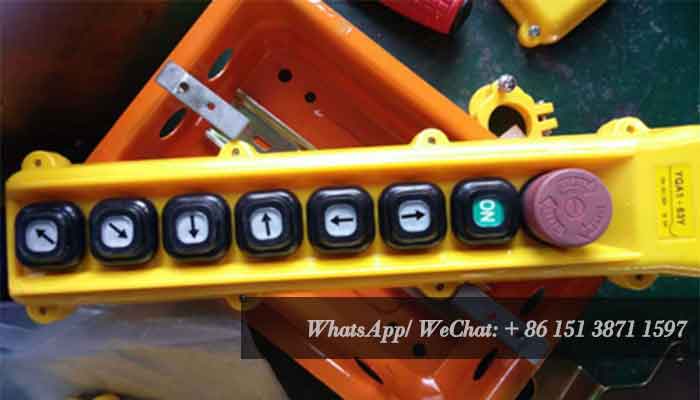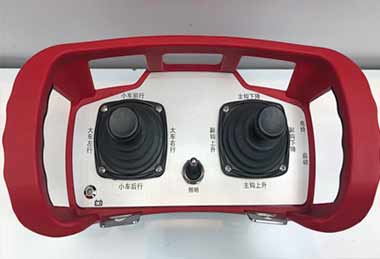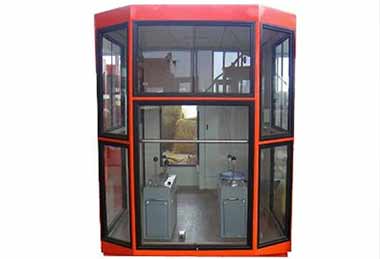
Why Use 48V Control Voltage in the Crane?
Chinese traditional cranes typically have a control voltage of 36V.Our control voltage options are 36V, 48V, or 220V and we advise 48V.The control voltage of the electric hoist and the customer's trolley will be out of sync as a result of the difference between the two, making it impossible to operate the crane regularly.
Benefits of using a 48V control voltage
The terminal voltage will always be lower than the initial voltage due to the power consumption of the control circuit transmission line, and a persistent under-voltage will result in the failure of electrical components.
Methods such as increasing the input voltage or increasing the line section are commonly used to ensure that there is enough voltage at the end to control electrical components (such as contactor pull-in).
Increasing the cross-section of the wire will result in an increase in cost. As a result, increasing the input voltage is a common method in Europe. To ensure personal safety, however, the control voltage is usually not higher than the safety voltage. Because the safety voltage in Chinese and international standards is 50V, 48V is commonly used as the control voltage in Europe.
Our factory uses 48V as the standard control voltage configuration, which not only meets national standards but also improves the working stability of electrical components.
Reference standard:
- "Under normal working conditions, the voltage fluctuation of the power supply system at the feeder access point of the hoisting machinery shall not exceed 10% of the rated value," according to reference standard GB/T3811-2008, clause 7.2.1.2.
- According to GB/T 14405-2011 "General Overhead Crane," 5.9.1.5, "the control voltage should not be larger than 50V when the button box is utilized for control."
- Voltages less than 50V are divided into 6V, 12V, 24V, 36V, and 48V per IEC 60038.
Advice: Electrical components like contactors have control voltages of 24, 36, and 48 volts.
You should pay close attention to the following factors during the demand analysis stage, particularly when dealing with retrofit projects:
When the customer's original control voltage is 36V, it is necessary to explain the benefits of a 48V control voltage and recommend changing it to 48V by adding a 48V transformer to the cart's electric cabinet. If the control voltage is changed to 48V, this change must be noted in the contract to remind the electrical department of the unique design.

Radio remote crane control for overhead crane






